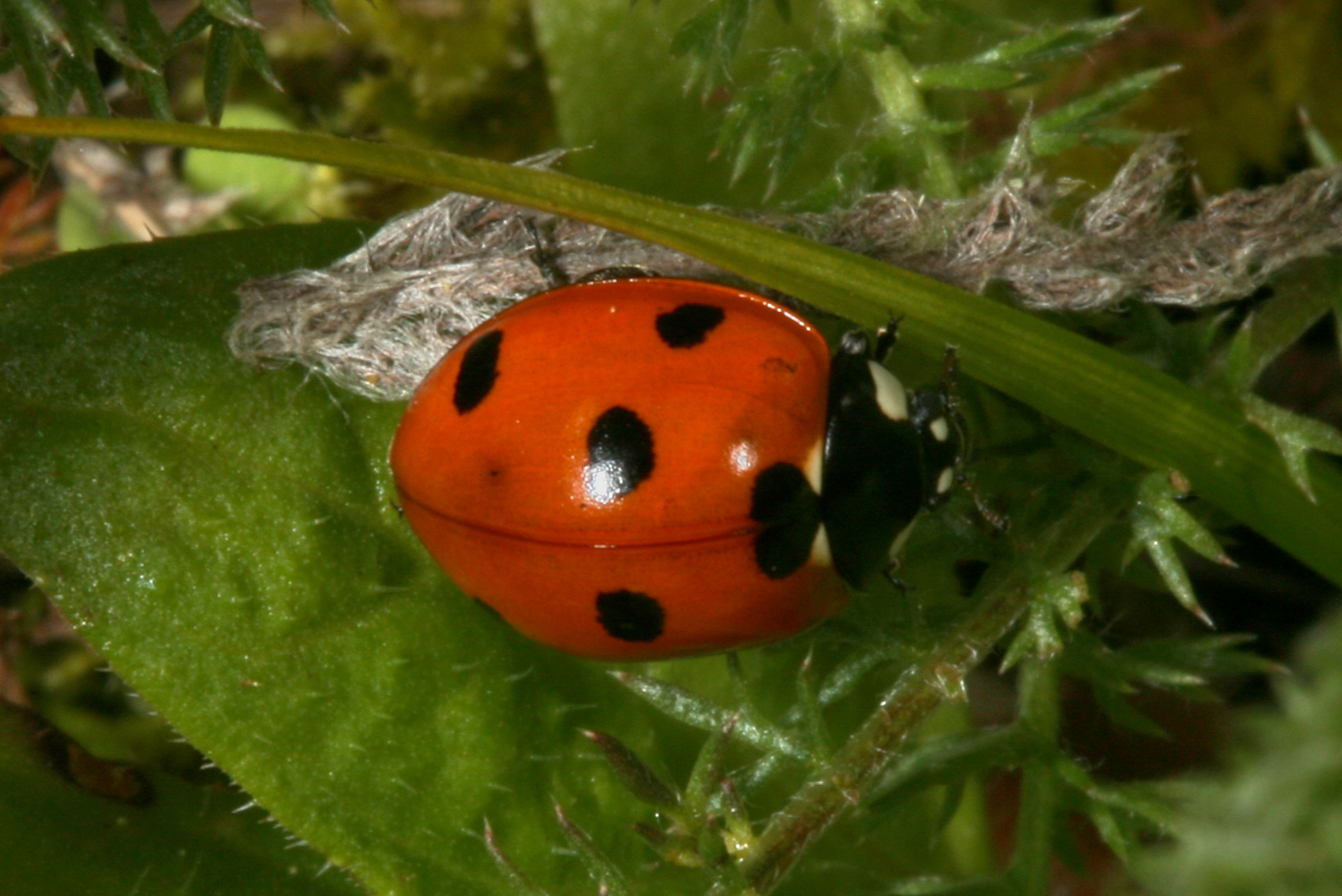


The coloration may vary depending on the ambient temperature at high temperatures the pupa exhibits an orange coloration and at low temperatures, the color ranges from dark brown to black. It is partially immobile and stooped as it can raise and lower the front region in response to perceived danger. The tip of the abdomen is attached to the substrate of the plant. Disanthus cercidifolius.ĭepending on the availability of food, the larvae grow between 1 mm to 4-7 mm in length in a period of 10-30 days.īefore pupating, the fourth instar larvae do not feed for at least 24 hours. It has also played an important role as a pollinator of the endemic and endangered plant. The ladybug has been widely used for the control of aphids in greenhouses and often appears as a natural enemy of aphids in citrus, bean, sunflower, potato, sweet corn, alfalfa, wheat, sorghum and walnut crops. septempunctata it competes with and displaces several native species of other members of coccinellids, causing population declines. In the United States it has been reported that C.

Since it was established in North America, the ladybug has been found hundreds and thousands of miles from its original establishment site. Due to its potential as a pest biocontroller, there have been several intentional introductions to the United States between 19, primarily for aphid control. Coccinella septempunctataor seven-point ladybug is a species of coccinellid, native to Europe, Asia and North Africa.


 0 kommentar(er)
0 kommentar(er)
